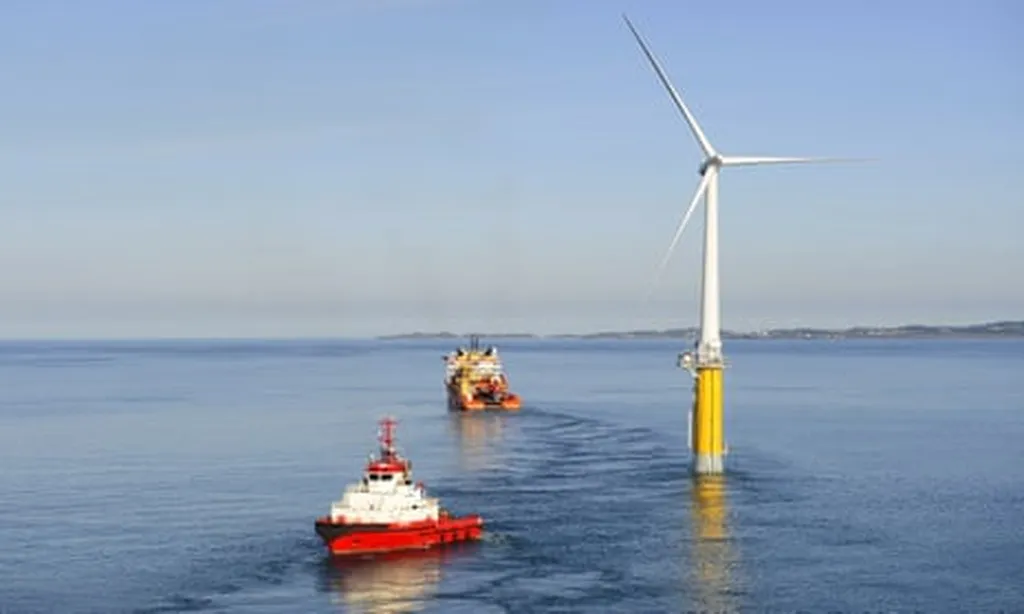In the heart of Norway, a groundbreaking study is turning the tables on waste management and hydrogen production, offering a glimpse into a future where industrial solid waste (ISW) is not just discarded, but transformed into valuable energy resources. Led by Md. Yasir Bhuiyan from the University of Agder, this research is paving the way for a more sustainable and efficient energy sector.
The study, published in the journal “Energy Conversion and Management: X” (formerly known as “Energy Conversion and Management: X”), focuses on two advanced thermochemical pathways: Sorption-Enhanced Chemical Looping Gasification (SE-CLG) and Pyrolysis-Integrated SE-CLG (Pyro-SE-CLG). These innovative methods aim to produce hydrogen, heat, and electricity from Norwegian Municipal Solid Waste (MSW) and Industrial Solid Waste (ISW), addressing the inefficiencies and high costs associated with traditional waste incineration.
“Our goal was to develop a more efficient and environmentally friendly way to manage waste while contributing to Norway’s ambition of achieving net-zero carbon emissions and a hydrogen-based economy by 2050,” explains Bhuiyan. The study reveals that both SE-CLG and Pyro-SE-CLG offer significant improvements over conventional methods, with SE-CLG maximizing hydrogen yield and energy efficiency, while Pyro-SE-CLG ensures complete heavy metal removal and reduces operational costs.
The research highlights the substantial energy potential of Norwegian ISW, with a higher heating value of 17.43 MJ/kg. The SE-CLG process yields up to 170.6 kg of hydrogen per ton of MSW and 142.8 kg per ton of ISW, with energy efficiencies reaching up to 69.11% and exergy efficiencies up to 57.29%. Additionally, it enables the recovery of up to 4,300 liters of hot water per ton of MSW for district heating applications.
On the other hand, Pyro-SE-CLG, although yielding 16–20% less hydrogen and requiring more oxygen carrier, offers the advantage of complete heavy metal removal using hydrochloric acid. This process also improves the reusability of the oxygen carrier, reducing operational costs and aligning with national decarbonization goals.
The study’s sensitivity analysis identified optimal hydrogen production at 800°C in the fuel reactor and 200°C in the Water-Gas Shift Reactor (WGSR), with Ca2Fe2O5 ensuring stable performance across both configurations. Environmental analysis showed that SE-CLG(MSW) is the most favorable option, achieving lower global warming potential (GWP) and acidification potential (AP) compared to ISW. Economically, Pyro-SE-CLG(ISW) achieved the lowest hydrogen sale price, while SE-CLG(ISW) recorded the highest sustainability index.
This research not only supports Norway’s transition towards a circular, low-carbon energy system but also demonstrates the potential of waste-to-hydrogen pathways to meet national 2050 sustainability targets. As the energy sector continues to evolve, the findings from Bhuiyan’s study could shape future developments in waste management and hydrogen production, offering a blueprint for a more sustainable and efficient energy future.
“The integration of waste management and hydrogen production is a critical step towards achieving a circular economy and a low-carbon future,” says Bhuiyan. “Our study provides a comprehensive analysis of the potential benefits and challenges of these advanced thermochemical pathways, offering valuable insights for policymakers, industry stakeholders, and researchers alike.”
As Norway and the world strive to meet ambitious climate targets, the innovative approaches outlined in this research could play a pivotal role in transforming waste into a valuable resource, driving the energy sector towards a more sustainable and efficient future.

